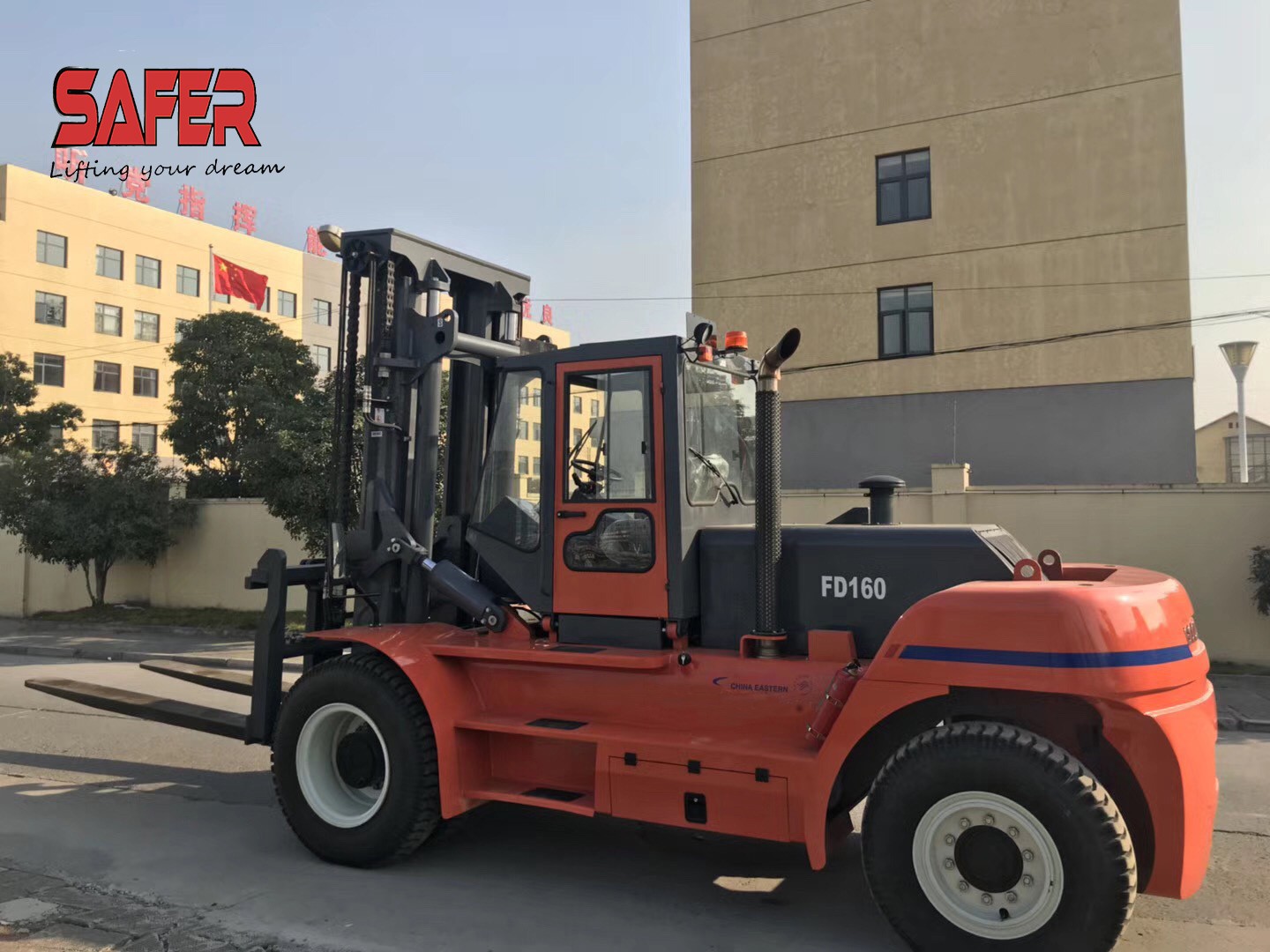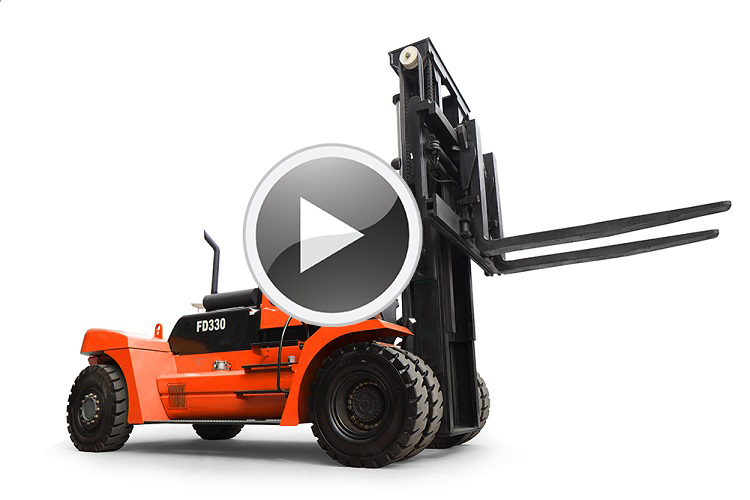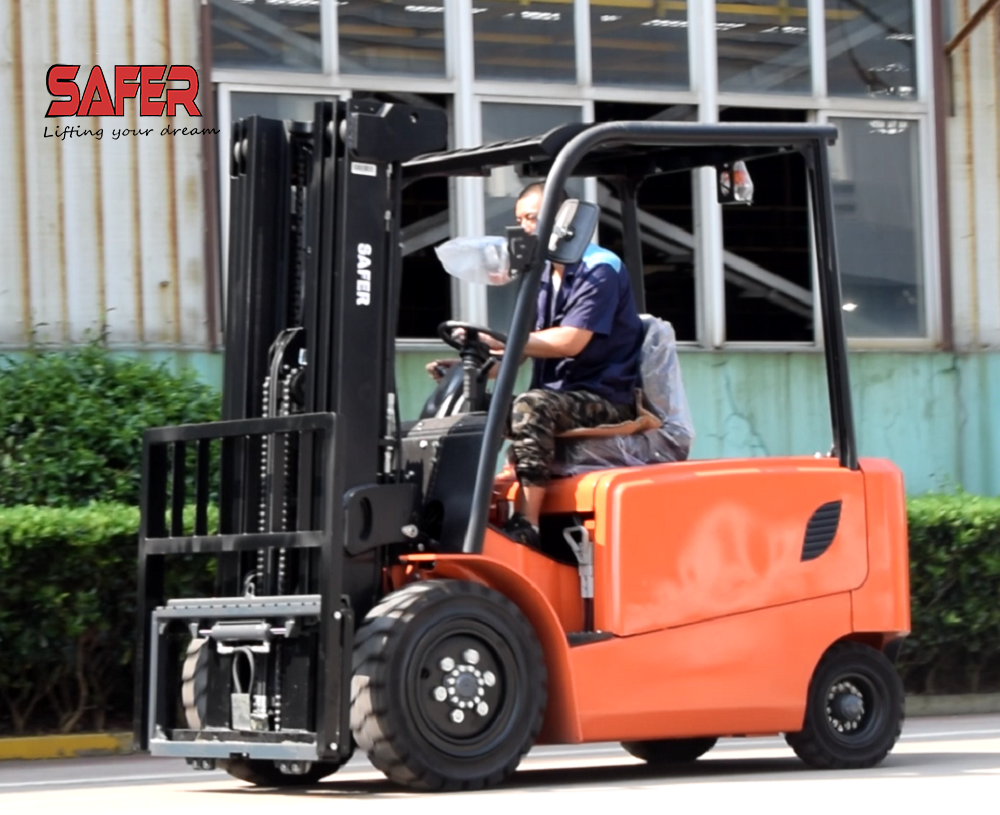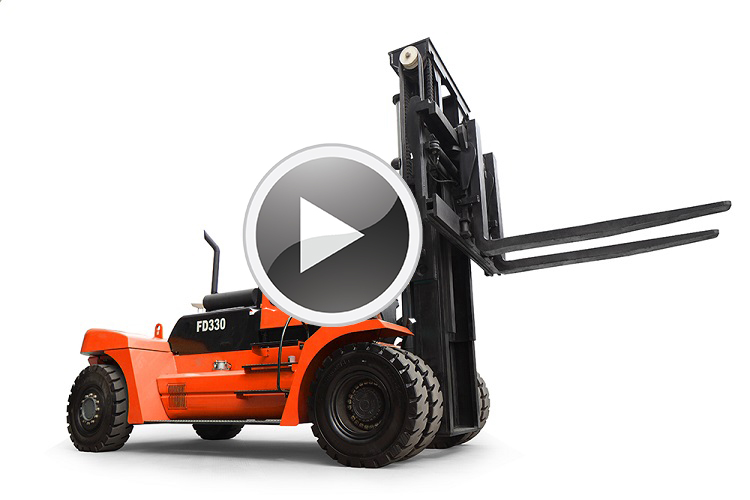1. When heavy objects are loaded, the weight of the loaded objects should be within the allowable load range of the machine. When the weight of the object is unknown, the object should be lifted off the ground 100mm and the mechanical stability should be checked to confirm that there is no overload phenomenon before shipping.
2. When the fork is installed, the object should be close to the landing gear, and its center of gravity should be in the middle of the landing gear, and it can be confirmed if it is correct.
3. After the object has been lifted off the ground, the landing gear should be tilted back to drive.
4. The starting should be stable. When changing the front and rear direction, it should be stopped after the machine is stopped.
5. When the forklift is driving, such as turning, retreating, narrow passages, uneven roads, etc. Or slow down when crossing and approaching cargo. In addition to emergency situations, emergency braking should not be used.
6. When two forklifts are loading and unloading a truck at the same time, there should be a special person to direct contact to ensure safe operation.
7. Do not work with a single fork and use the fork to top the loan or pull the goods.
8. When the sedans are forked for fragile goods, valuables or unloaded goods, they should be reinforced with safety ropes. If necessary, they should be guided by a special person before they can drive.
9. For internal combustion engine-powered forklifts, there should be good ventilation when entering warehouse operations. It is strictly forbidden to work in a flammable and explosive warehouse.
L0. It is strictly forbidden to upload the fork. Except for the specified operators, the driver's cab is strictly prohibited from entering or riding outdoors.
11. After the operation, the forklift should be parked in a flat, solid place so that the fork falls to the ground and the wheels are braked.
Pre:Fault Analysis of Hydraulic Power Steering System of Forklift
Next:Stacker anti-collision fence which can reduce accident rate



